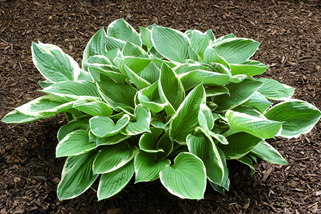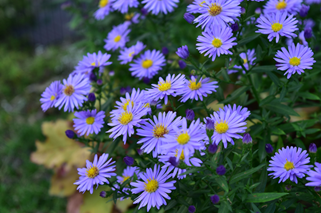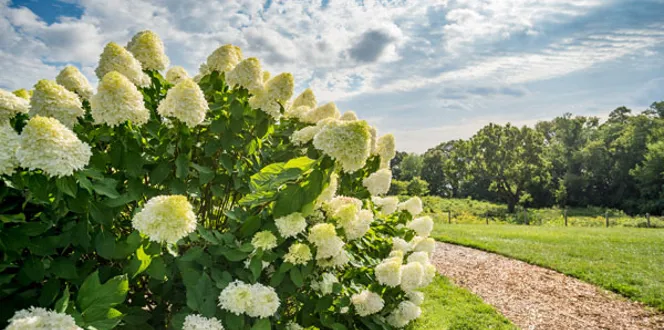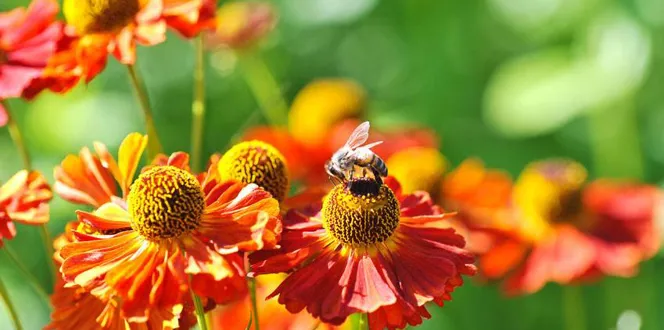Perennials bring beauty to our gardens for years at a time. All they ask for in return is proper care!
Part of that care is cutting back perennials at a minimum once a year. This process rids perennials of their old foliage to make room for new growth and flowers.
Before you jump into this important gardening task, read about when and how to prune perennials below.
When to Cut Back Perennials
First, let’s cover a question that’s probably on your mind: do you cut back perennials in fall or spring?
The answer? Both! The time you prune perennials depends on the type of plant you have and its health.
How to Cut Back Perennials
To cut back perennials, you’re going to need a hand pruner and a spray bottle of rubbing alcohol or a can of Lysol.
When you’re ready to trim, remember the rule of thumb for how far to cut back perennials. At a slight angle, trim the plant nearly all the way down to the ground, leaving about a 1-to 2-inch stub above ground. Spray your pruners with alcohol or Lysol in between cuts to sterilize them.
When is the Best Time to Cut Back Perennials?
There are two factors to keep in mind when deciding when to cut back your perennials.
Number one is the type of plant. Some perennials, like hostas, peonies and daylilies, need to be pruned in fall to avoid winter damage. Plants like these should be pruned after the first few frosts in late fall or early winter. Other perennials like mums and coneflowers are better off being pruned in spring just before new growth comes in. Plants like these provide food for birds throughout winter.
While there’s no definitive way to tell which perennials prefer a fall or spring prune, you can find a list of some common perennials and their ideal pruning windows below.
The second factor to consider is plant health. A perennial with an insect or disease problem should always be pruned in fall, no matter the type. Trim and discard of any infected plant stems to stop an infestation from carrying over into next year’s growing season.
Do all Perennials Need to be Cut Back?
Yes, cutting back perennials is essential for their healthy growth. The tricky part is getting the timing right. Below is a starter list of some common perennials and their ideal pruning season. If you have plants in your yard that didn’t make the list, do a little research or ask your local arborist about the best time to trim them.
What Perennials Need to be Cut Back in the Fall?
Trim these perennials in fall to set them up for a healthy growing season:

- Hosta
- Peony
- Daylily
- Yarrow
- Beebalm
- Catmint
- Salvia
- Hollyhock
What Perennials Need to be Cut back in the Spring?
Prune these perennials just before new growth emerges in spring:

- Mums
- Coneflower
- Russian sage
- Aster
- Ornamental grasses (in southern states, can be cut back twice per year)
- Sunflower
- Daisy
- Lavender







